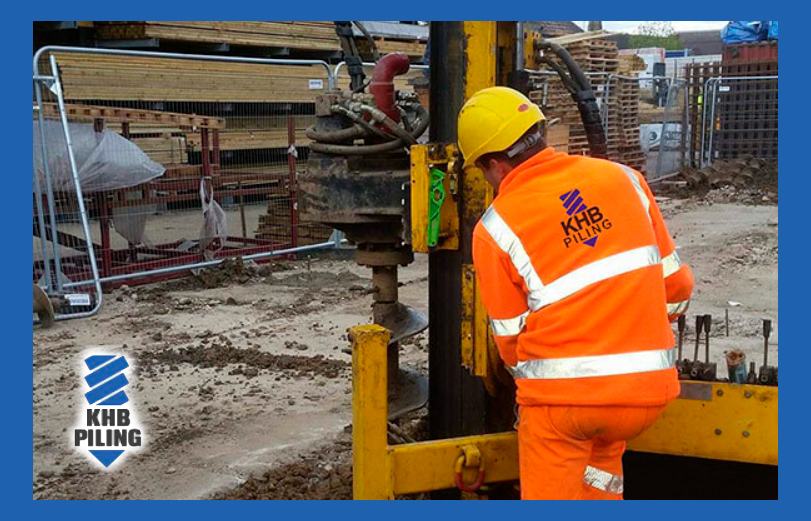With a variety of piling techniques accessible, such as CFA or mini piling, it might be difficult to tell them apart. If you’re performing any sort of groundwork, talk to a professional piling contractor about your choices first. The method will be determined by the soil conditions and space available, and it will differ depending on the type of groundwork construction you’re doing. We’ll look at bored pile walls in this post, including what they are and the many types of bored pile wall systems available.
What is a bored pile wall, and how does it work?
Bored piling is a common technique. It transfers the weight to the surrounding soil or rock with enough bearing capacity to provide support for a building. The excavation of soil forms a void for a reinforced concrete pile, which is then in-situ poured. The CFA piling method is frequently used to do this. A wall built using this technique is known as a bored pile wall.
The bored pile wall systems include contiguous pile wall, secant pile wall – hard/soft or hard/firm, and secant pile wall – hard/hard. The sort of bored pile wall will be determined by a variety of factors such as the soil type in the area, building time, and cost. We’ll look at each bored pile wall method in further depth here.
Contiguous Piling
Retaining walls may be made by stacking rows of piles. This technique is utilized when building basements, cut-and-cover tunnels, or underpasses. When two or more piles are constructed so that they touch, they are known as contiguous piles, and they may be filled with grout to construct a watertight wall.
Secant Wall Piling
A wall may be made of interlocking bored piles, which is known as secant piling. There should be a gap between the pile ends when you’re using this method. This technique is a cost-effective and quick option for situations where short-term water retention is required.
- hard/soft or hard/firm technique
Primary piles are built of a ‘soft’ or ‘firm’ concrete mix, while secondary piles, which are composed of structural reinforced concrete, are erected between them with an interlock of around 150mm. A reinforced concrete lining wall may be required to strengthen this sort of wall. - hard/hard
The technique for constructing high-strength concrete piles is similar to that above, but the primary piles are built in higher-strength concrete. They may also be reinforced. Secondary piles are cut using specialized cutting heads since they’re also formed of structural concrete. Because of the kind of hard concrete utilized, a lining wall is rarely required.
Benefits of bored pile walls
The pros of making a bored pile wall are numerous. They include:
- It is flexible concerning different sorts of wall layouts.
- It can be used for a wide range of wall thicknesses.
- It may be installed in complicated ground conditions.
- It takes up minimal area and requires little excavation.
A bored pile wall has a few disadvantages:
- It may be tough to completely waterproof the gap between the joints
- It can be more expensive than other techniques like sheet piling.
KHB Piling contractors worked on commercial, industrial, and private properties before, so we’re used to various piling techniques. Please call us at 07821836407 or submit a contact form to request a reply.


